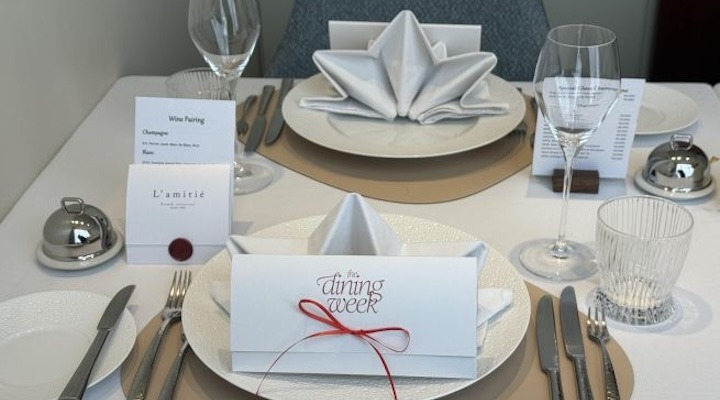Once the exclusive domain of department stores, the competition to court South Korea’s most coveted ‘VVIP’ customers – very, very important patrons with deep pockets and high loyalty – is heating up in the online retail world.
E-commerce companies, traditionally focused on price-sensitive shoppers, are now introducing tiered membership systems and exclusive perks to lock in their most frequent and high-value users. The move mirrors luxury department store strategies that rely on personal shoppers, valet parking and private tasting events to nurture elite clientele.
Market Kurly, known for its premium grocery service, launched a VIP program last year that ranks the top 999 spenders every six months as VVIPs and the next 9,000 as VIPs.
Members gain access to a private “curation zone” within the app, featuring rare and limited-edition items such as 1++ Hanwoo chateaubriand steak, Hokkaido sea urchin and bespoke jewellery from Honest Seoul. VVIPs also receive invitations to exclusive dining events and half-price fine-dining menus.
Musinsa, Korea’s largest fashion platform, revamped its membership program in July, creating a top-tier ‘Black Diamond’ level for users who have earned over 100 million points through purchases both online and at Musinsa Standard’s physical stores. Perks include up to nine per cent in coupons, eight per cent rewards and five per cent cart discounts.
SSG.com, the online arm of Shinsegae Group, grants VIP status to shoppers who spend more than one million won (US$720) and make at least four purchases over three months. Members receive multiple 10 per cent discount coupons and grocery credits, while the platform is reportedly considering a VVIP tier of its own.
Industry observers say the move reflects the growing importance of loyal, high-frequency buyers in the digital economy. “VVIP customers tend to have higher order values and strong repeat-purchase habits,” said one e-commerce official. “Their reviews and social media influence also help attract new shoppers, making them indispensable to growth.”


